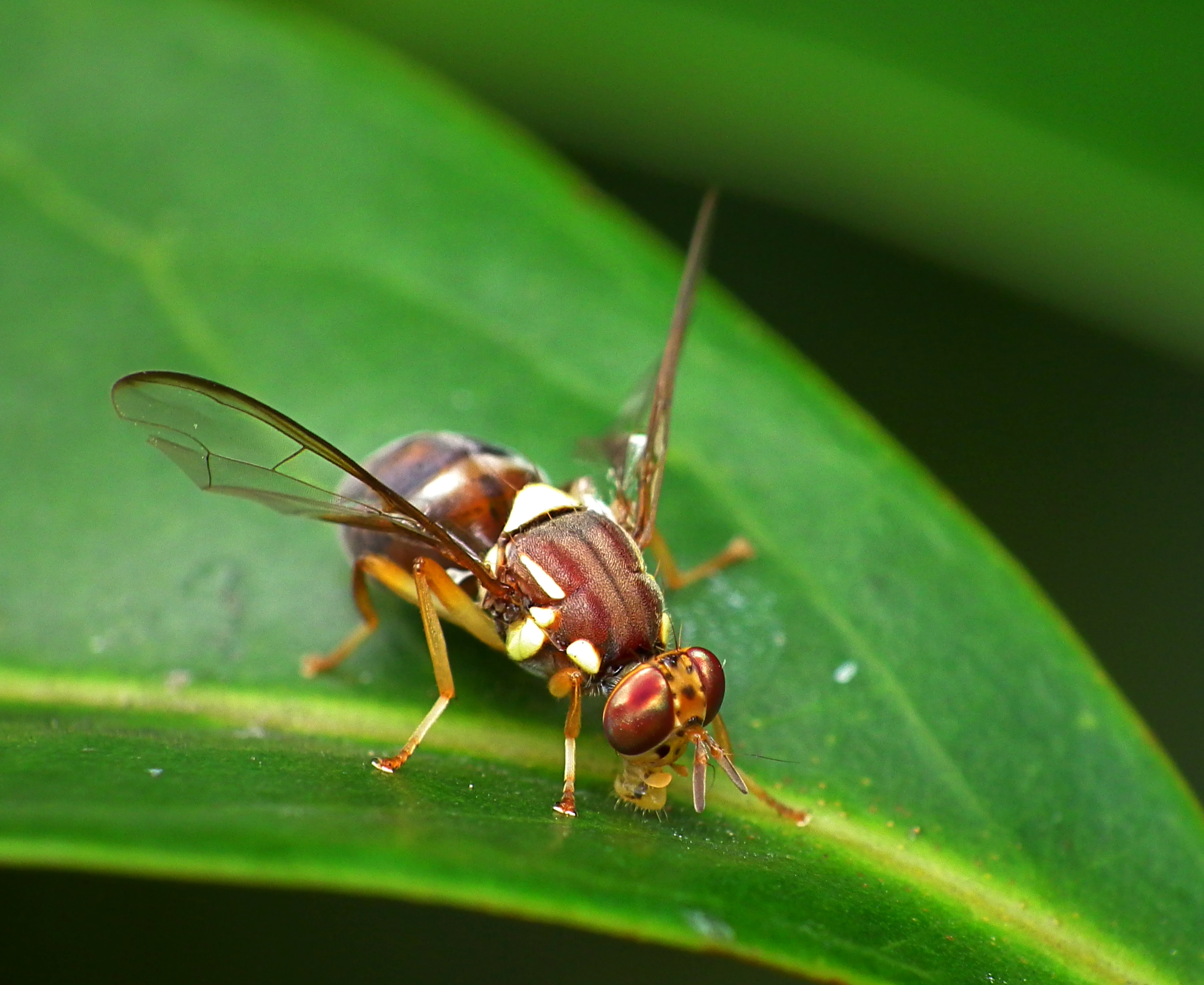More than just skyline blight, smog is an ozone-filled haze packed with the power to inflict or exacerbate ailments in even healthy adults, to say nothing of small children and the elderly. Unfortunately, although scientists know how it forms and even how to detect it, they cannot always predict where it will strike. Now, researchers at Arizona State University and University of California at Berkeley have embarked upon a project that uses NASA satellites to detect smog precursors over a much wider area than before. The research could enable scientists to spot an ozone plume in time to help communities prepare for its health effects.
Study fails commercial ancestry tests
America may be a melting pot, but the result is generally more stew than fondue; for many of us, where we came from—whether by boat or ice bridge—constitutes a significant part of our identity. Beyond whatever social implications it may have, our heritage slumbers within us in ways we don’t fully understand, yet are fascinated by.
It’s no wonder commercial genetic ancestry tests are so appealing. Still, a little caveat emptor is in order: According to an article in the journal Science, consumers who plop down their Benjamins for genetic answers may not be getting what they bargained for.
Nanoionic memory: Vive la resistance
 For some time now, conventional computer memory has been heading toward a crunch—a physical limit of how much storage can be crammed into a space before it is overwhelmed by heat and power problems. Generally, researchers have tried to avert this heat death in two ways: leapfrogging to the next generation of memory or refining current memory.
For some time now, conventional computer memory has been heading toward a crunch—a physical limit of how much storage can be crammed into a space before it is overwhelmed by heat and power problems. Generally, researchers have tried to avert this heat death in two ways: leapfrogging to the next generation of memory or refining current memory.
Researchers at Arizona State University’s Center for Applied Nanoionics (CANi) have combined the two approaches to create new memory that amps up performance while remaining compatible with today’s devices. CANi also used nanoionics (a technique for moving tiny bits of matter around on a chip) to overcome the limitations of conventional electronics: Instead of moving electrons among ions, nanoionics moves the ions themselves.
When searching for early galaxies, it pays to look twice

Using NASA’s Hubble and Spitzer Space Telescopes, an international team of astronomers have found nine of the smallest, faintest, most compact galaxies ever observed in the early universe–the building blocks of today’s larger, older galaxies. Composed of millions of brilliant blue stars, each infantile galaxy is one-hundredth to one-thousandth as large as our Milky Way galaxy. They formed about 12.5 billion years ago – just 1 billion years after the “Big Bang.”
Such galaxies are consistent with the conventional model of galactic formation, which holds that larger galaxies are formed when younger, smaller, less-massive galaxies merge. The sighting thus offers some much-needed support for the “hierarchical model,” which has become ever more contentious in recent years.
Geneticists get the skinny on fat-control gene

A gene identified over 50 years ago in fruit flies could provide a valuable weapon in the battle of the bulge. The gene, which influences which fruit flies are svelte and which ones are zaftig, is found in humans as well. Whether it will one day lead to the mythical “skinny pill,” however, remains anyone’s guess.